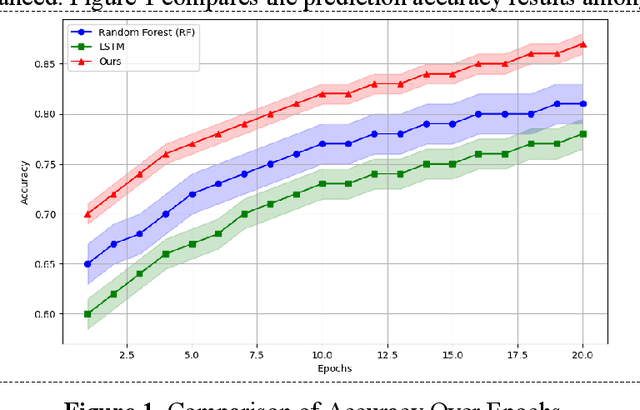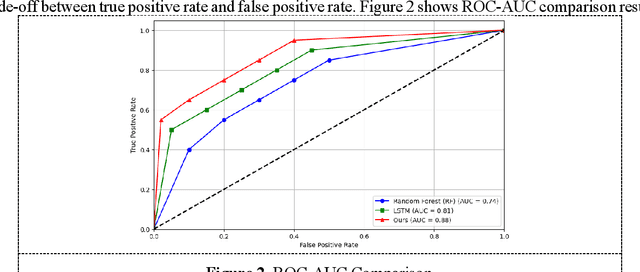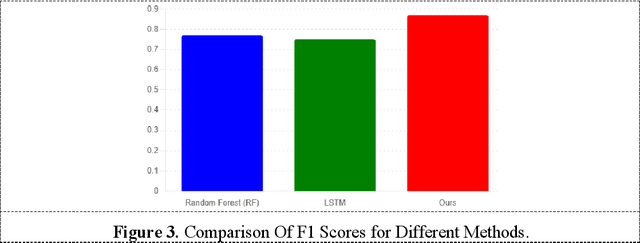Research on Dangerous Flight Weather Prediction based on Machine Learning
Paper and Code
Jun 18, 2024



With the continuous expansion of the scale of air transport, the demand for aviation meteorological support also continues to grow. The impact of hazardous weather on flight safety is critical. How to effectively use meteorological data to improve the early warning capability of flight dangerous weather and ensure the safe flight of aircraft is the primary task of aviation meteorological services. In this work, support vector machine (SVM) models are used to predict hazardous flight weather, especially for meteorological conditions with high uncertainty such as storms and turbulence. SVM is a supervised learning method that distinguishes between different classes of data by finding optimal decision boundaries in a high-dimensional space. In order to meet the needs of this study, we chose the radial basis function (RBF) as the kernel function, which helps to deal with nonlinear problems and enables the model to better capture complex meteorological data structures. During the model training phase, we used historical meteorological observations from multiple weather stations, including temperature, humidity, wind speed, wind direction, and other meteorological indicators closely related to flight safety. From this data, the SVM model learns how to distinguish between normal and dangerous flight weather conditions.
 Add to Chrome
Add to Chrome Add to Firefox
Add to Firefox Add to Edge
Add to Edge